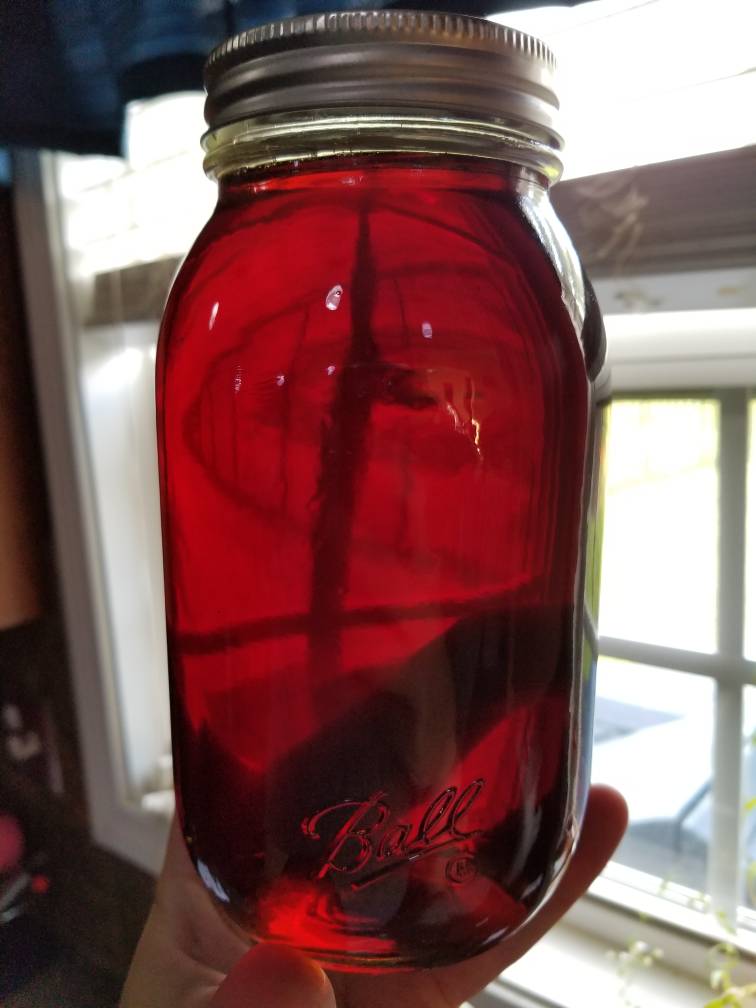Super long post but wanna get my ideas down and sorta sum this thread up for myself at least.
I’ve been away from this forum for some time and in the process of opening a Trappist inspired brewery.
Very pleased to read through this thread and to see that people are still working on the “candy syrup problem”
For my brewery I’ve been looking into making it in bulk. Like another user mentioned i too only went down the road of using an acid to invert the sugar and time/heat to get color. The resulting syrup had a burnt flavor that lasted into the final product.
I have not tried the DAP/DME method. I use D180 in my Dark Strong and from tasting it I would find it hard to conceive that it could be replicated, but I’m holding out hope that someone does and I’ll be watching here and updating with my success.
I am intrigued by some of Scotty’s comments on fermentation techniques and schedules. It is for certain from my research that the Trappist breweries do little to control temps but for the most extreme circumstances. So his method of insulating the ferment with a body of water makes sense. The yeast will not experience any temperature stressing from pushback from external sources.
My method thus far has been for a simpler grain bill preferring flavors from process, I use wl530 or wl550, Magnum for bittering and either of Styrian Goldings/Hallertau/saaz/tett for FO or 5-10min addition, 75 min rest at 148, to pitch at “regular pitching rates” about 64-66, aerate with a wine whisk attached to a drill keep it there for a day and then I force rise to 74-75 over about three days. After about a week I slowly reduce the temperature to about 68-70 and condition on the cake for another two weeks. I bottle condition about a 6 pack using just a sprinkle of EC-1118 yeast and keg condition or force carb the rest. The bottles are left at 70f or higher for a couple weeks.
I do not use any spice
My experience thus far has been ok. My Dark Strong is absolutely delicious and after trying a couple westy 12’s I’m happy to say I am close although more so trying to create my own product anyway.
However my triple, Dubbel, single, and an original beer that will just be a Trappist inspired flagship are all lacking something.
Here are some things I want to change by applying some of the comments here:
1) Possibly try turbinado sugar instead of table sugar, corn sugar in my single/dubble
2) ferment naturally in a tub of water
3) increase pitch rate/decrease aeration
4) move off of yeast cake at cessation of fermentation
5) package right away and let the conditioning and carbonation happen simultaneously in the bottle (this one is big if it’s doable since i’ll have ample bottle storage at the brewery)
The reason why I am leaning towards removing the beer from the yeast early is because I find my beers end up being much to clean for my liking. One of my triples was damn near a Stella and it sat the longest in conditioning.
So here is a theory I have and want to explore that is somewhat based on what I’ve learned from BLAM:
I would like to perfect my process on the sugar/mash/primary ferment side then soon as fermentation is done bottle and carb for two weeks but then immediately put the bottles in cellar conditions for a week
This would give me a total of 4 weeks on say the tripple and I could actually reduce this on the single.
What I am aiming for here is to “capture” some of the esters/phenolics before the beer is too cleaned up by the yeast cake.
I would love to hear some thoughts on this. I will do side by side comparisons of this new method and my old and see how it turns out. I’ll post back.
Thanks
























































![Craft A Brew - Safale S-04 Dry Yeast - Fermentis - English Ale Dry Yeast - For English and American Ales and Hard Apple Ciders - Ingredients for Home Brewing - Beer Making Supplies - [1 Pack]](https://m.media-amazon.com/images/I/41fVGNh6JfL._SL500_.jpg)


